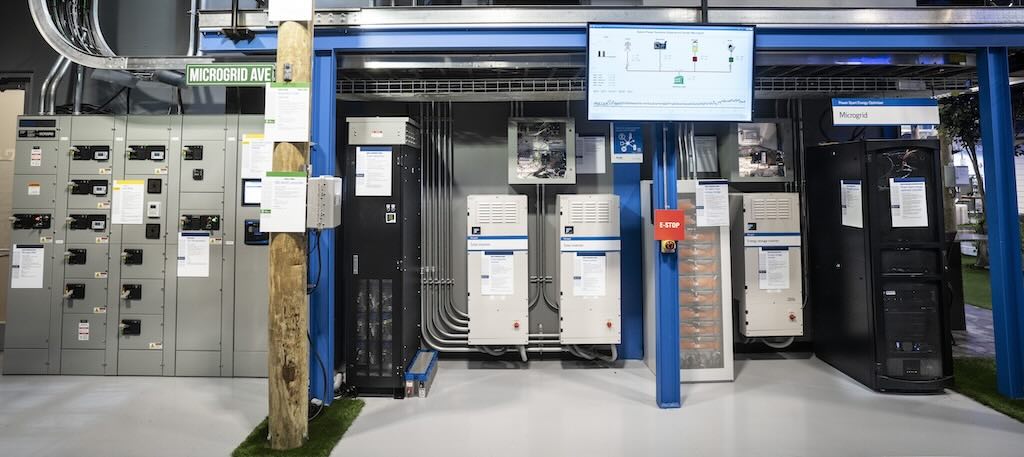There was at once a sense of urgency and purpose as manufacturers and educators gathered to address the lack of skilled workers for manufacturing.

There was at once a sense of urgency and purpose as manufacturers and educators gathered in Kenosha, Wis., in August [2012] to look at how to address the lack of skilled workers for manufacturing.
The symposium’s title, Bridging the Gap, summed up well the day’s discussion.
The setting was Gateway Technical College, one of the many educational institutions helping to deliver workers into the workforce as quickly and competently as possible. The meeting was convened by the National Coalition of Certification Centers (NC3), and organizations of manufacturers and community colleges focused on delivering qualified workers with portable skills certification.
No one questioned the urgency of the issue, which finally is getting attention from the popular media, the major political candidates, and from educators looking to offer an additional career choice for the nation’s young people, returning veterans, and unemployed and under-employed workers. The challenge, as it has been for almost a decade, is to move from discussion to action.
Studying the problem
The problem of educating America’s manufacturing workers stems from, of all things, a lack of education. The U.S. Manufacturing Competitiveness Dialogue hosted by the Georgia Institute of Technology and the Council on Competitiveness talked about the lingering Skills Gap. “This situation is, in part, a by-product of public misconceptions that factory work is a dirty, low-paying, and dangerous job that is in short supply. This stigma has led a younger generation to pursue careers in other industries,” the study stated. “However, the era of unskilled factory jobs is over. Today’s workers are highly skilled employees who operate complex equipment in safe, clean environments.
“The issue of resolving this situation of a deficit of workers carries added urgency because 2.7 million workers, or one-fourth of all U.S. white- and blue-collar manufacturing employees, are aged 55 and above. The aging workforce presents a knowledge gap as well because their tremendous store of experience will retire with them rather than be passed along to younger workers.”
It was that reality that brought together educators from around the country to Kenosha and to Gateway’s gleaming campus. The meeting was co-hosted by Snap-on Tools, a global manufacturer whose world headquarters is in Kenosha and that has used Gateway graduates to meet its own manufacturing needs. Snap-on Tools also has equipped the Gateway classrooms with tools and materials.
These kinds of public-private partnerships are pivotal to manufacturing’s continuing growth, and its competitive position globally. Paul Taylor, chief economist for the National Automobile Dealers Association, told the group that the U.S. needed to improve science, technology, engineering, and mathematics (STEM) training to improve on its ranking of 20th in the world.
Among the suggestions offered by the attendees:
- Manufacturing must improve its own marketing, reaching out to students through traditional forms (parents, teachers, coaches) and social media.
- Manufacturers must also create a peer-to-peer relationship, bringing current young people in their own plants to help recruit future workers.
- Replicating the U.S. Army’s recruiting efforts, manufacturers must reach beyond the traditional Sunday morning talk shows to deliver the message about modern manufacturing.
- Manufacturers need to create better certification for workers so potential employers have confidence in the training workers are receiving.
- Manufacturing also must create stronger public-private partnerships along the lines of the one Gateway and Snap-on Tools have established. One suggestion from the Oklahoma State University Institute of Technology was to create three-day summer academies for teachers, who would receive a small stipend to come in, review the facility, and take some hands-on courses.
Some states aren’t waiting. In Kansas, if a high school student receives certification in a high-demand field, the high school receives $1,000 per student. High school students who enroll in a technical education program have their tuition and transportation to the school covered. The proposal by Gov. Sam Brownback came after the enrollment in high school technical education dropped more than 48% from 2007-08 to 2011-12.
Ideas like this shared at the roundtable in Kenosha were plentiful, but even if all of them were implemented today and schools were filled with students yearning for manufacturing skills, the training process still will take time.
“If we are to meet the unprecedented need for industry-driven certifications and provide our labor market, our students, our regions, and our nations sustainability in this volatile economy, we must act now,” said Roger Tadajewski, executive director of the NC3. “We must show commitment from industry and educators while asking for support from the current administration.”



